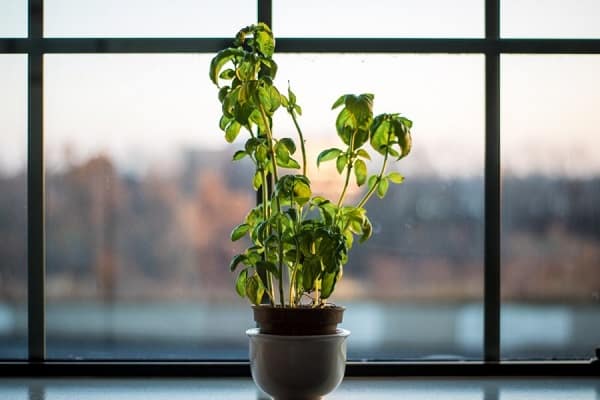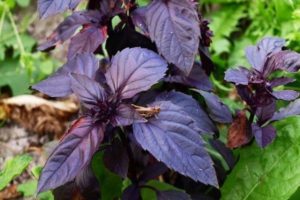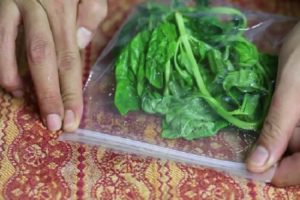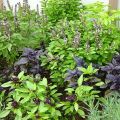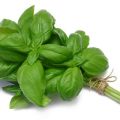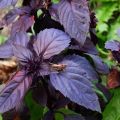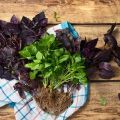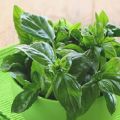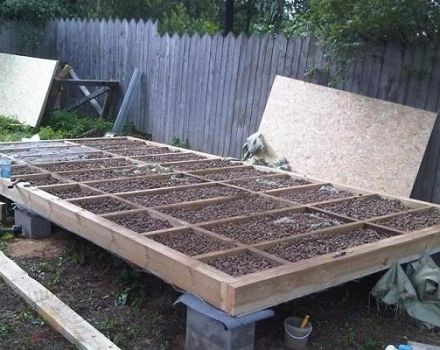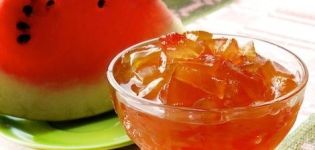How to grow and care for basil in a greenhouse
Growing basil in a greenhouse is an easy way to treat yourself and your family with fresh herbs, providing you with a valuable source of vitamins and minerals. The spice can be grown not only in warm summers, but also in cold winters when planted in a greenhouse. To get a good yield, you need to know about the intricacies of planting and caring for the plant.
Greenhouse benefits
Basil shows good growth rates outdoors and even in pots. An increasing number of gardeners prefer to plant greenery in the greenhouse. The advantage of growing in greenhouse conditions:
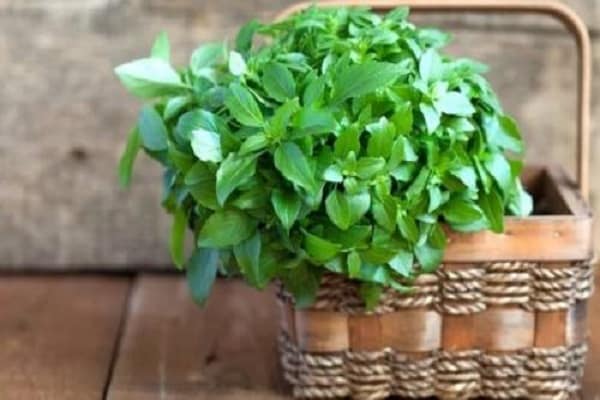
- the best yield of the crop;
- no dependence on weather and environmental conditions;
- the ability to harvest year-round.
Basil is well adjacent to other plants, so it can be planted in a greenhouse with tomatoes, eggplants and other types of horticultural crops. The plant is undemanding to care for and is able to give fresh greens in large quantities, which makes the crop promising in terms of industrial cultivation.
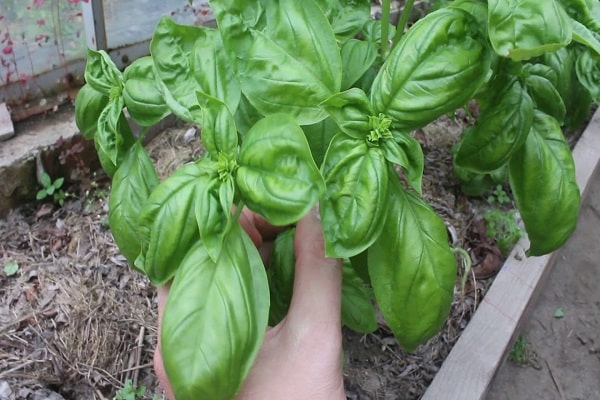
Greenhouse and soil requirements
The requirements for the greenhouse design depend on the climatic conditions of the particular region and the growing purpose. In the central regions, with early planting of greenery, it is recommended to build a greenhouse made of polycarbonate or glass. Such materials are able to retain heat well and transmit light, therefore, seedlings in such a shelter are able to withstand even severe frosts.
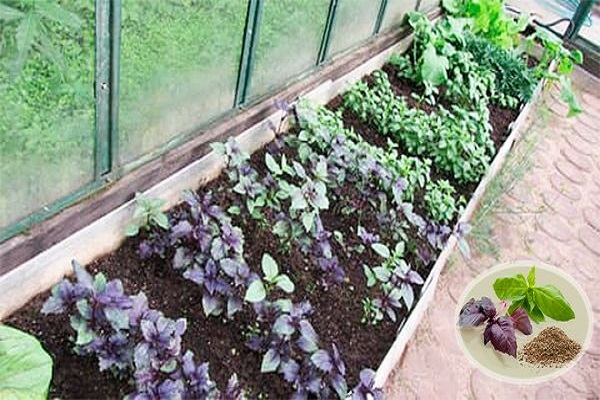
Manure gives a good heat preservation effect, therefore, when planting in spring, it is recommended to mix it with the top layer of soil. Gardeners today practice the cultivation of basil on shelves, which greatly expands the possibilities for obtaining a larger crop volume due to the increase in planting area. Regardless of the methods used, the greenhouse for greenery should be in a sunny place and have structures that allow you to ventilate the room at any time.
Some people make self-opening windows when the temperature rises above normal, which greatly facilitates planting maintenance.
Basil is considered a plant, which is quite demanding on the soil. The soil should be moderately loose and not have an increased level of acidity. A sandy soil with a rich composition of organic matter is optimal for the plant. Before planting, the soil is pre-prepared by removing the top layer and digging it up along with peat and sand. Such work can be carried out both in spring and in autumn.
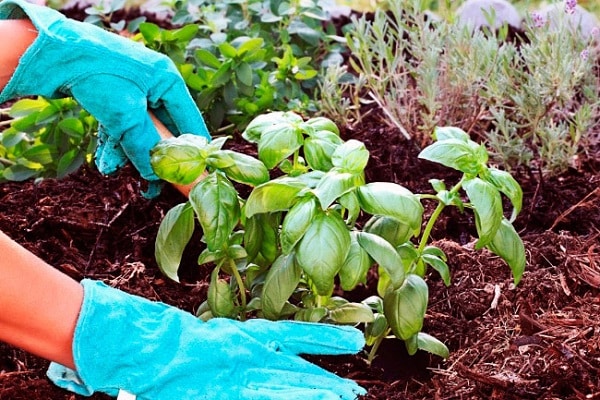
Variety selection
Today there are about 150 types of basil, differing in color, size of leaves, plant growth.Novice gardeners are encouraged to choose proven, undemanding varieties. If desired, you can simultaneously plant several varieties of greenery in one greenhouse.
Yerevan
An annual herb with a spicy flavor and rich in essential oils, vitamins and carotene. From the moment of sowing until the plant is ready for harvest, it takes an average of 45 days. Basil of this variety has a red-purple leaf color. The mass of one shoot varies from 300 to 500 grams. The aroma of the herb has a hint of tea and allspice. Greens can be used fresh or as a seasoning for various dishes. The plant is often used by landscape designers.
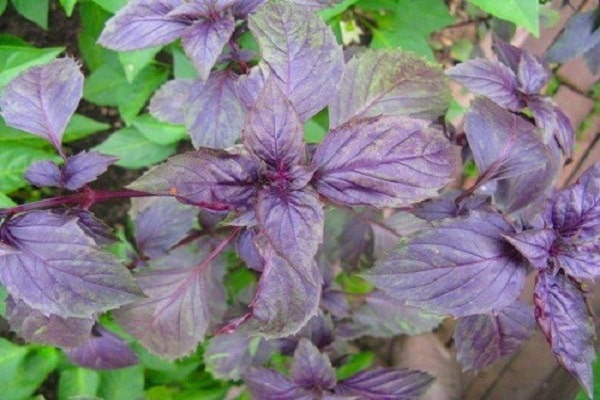
Spoon-shaped
Basil got its name from the shape of the leaves, which are concave inward and look like a spoon. The plant has light green oblong leaf plates without teeth. When flowering, white inflorescences are formed. The taste of basil is reminiscent of cloves and bay leaves; therefore, when preparing them, I often replace such seasonings. The spoon-shaped look is used for stewing and cooking meat dishes; it perfectly sets off the taste of tomato.

Baku
The variety was first grown in Azerbaijan. Outwardly, the shape of the leaves resembles Yerevanian, but the color of this basil is brownish-purple and therefore it is often called "black". The greens have the aroma of a mixture of notes of mint and clove. The plant is most often used as a spice in spicy oriental dishes.
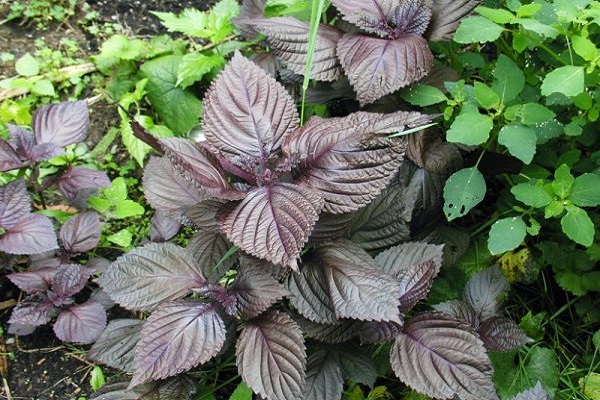
Growing from seeds and seedlings
Seeds are planted in a heated soil according to a 30 by 15 cm scheme. Seeds have the ability to germinate in depth, so it is correct not to bury them, but sprinkle them on top with a thin layer of soil. For year-round production of the plant, re-sowing is carried out every 3 weeks.
In Russian regions, planting through seedlings is more often practiced, since basil is thermophilic, this method allows you to grow greens in a shorter time. The soil should be loose and nutritious. When self-cooking, mix humus, peat and sand in proportions of 2: 4: 1. It is recommended to douse the soil with boiling water and treat it with a weak solution of potassium permanganate.
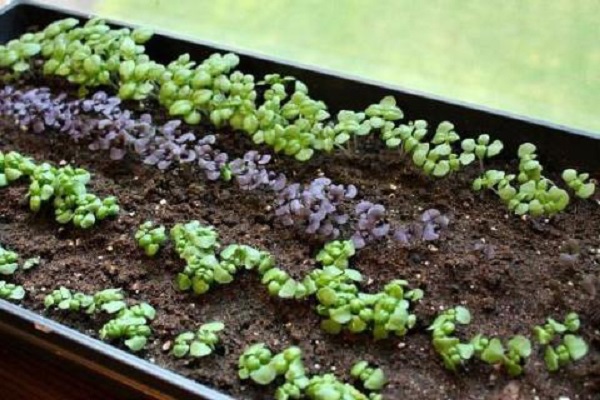
For sowing, a container 5 cm deep is sufficient. Seeds are evenly distributed over the surface and sprinkled with earth. As a result, the seeds should be buried at a distance of 0.5 to 1 cm. The recommended temperature for growing is considered to be from +20 to 25 ° C, the first shoots appear in 10 days. When the sprouts reach the age of 2 weeks, feed is carried out using a mixture of 4 grams of superphosphate, the same amount of ash and 2 grams of ammonium nitrate.
The dive is carried out after the appearance of 2 true leaves. When forming 5 leaves, the bushes must be pinched to form a larger mass of greenery.
When planting in a greenhouse, a distance of 25 to 30 cm is maintained between adjacent bushes when working with tall varieties. For compact plants, an indent of 15-20 cm is made. The distance between rows should be from 20 to 30 cm.
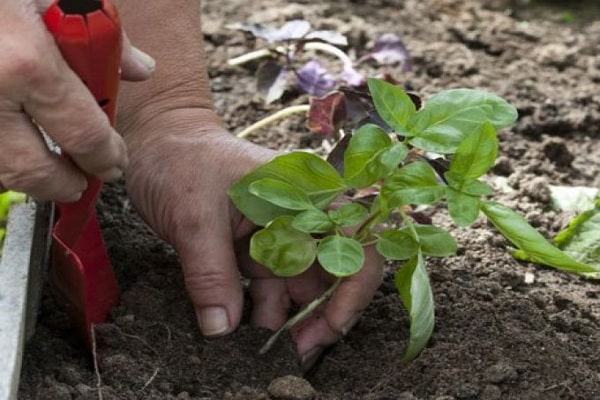
Care, watering and feeding
Care consists in timely watering, loosening and removing weeds. Humidification should be moderate, otherwise the plant will face a black stalk. It is required to remove inflorescences in a timely manner, in this case the basil will form new shoots.
The plant is fed once every 14 days, using nitrogen-phosphorus-potassium fertilizers for this. To prepare the nutrient solution, it is recommended to carefully read the instructions for the preparation. In most cases, the product is diluted in proportions of 10 grams per 1 liter of water. Nitrogen has a stimulating effect on basil and makes it form more greenery. Potassium and phosphorus contribute to better production of essential oils.

Harvesting
Almost all herbs, including basil, are harvested by separating the leaves from the main plant. It is important to prevent damage to the main bush in the form of pulling it out of the ground. The collection consists in the regular cutting of the upper part of the shoots together with the leaves.
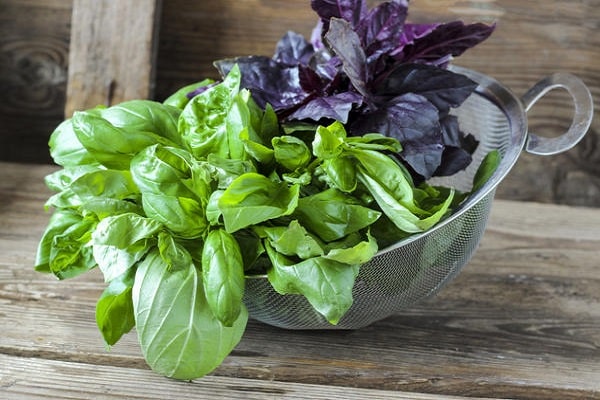
Diseases and pests
Basil is considered a plant resistant to diseases and pests. The danger of damage to the garden culture appears if the rules of agricultural technology are not followed. Typical mistakes:
- excessive watering;
- hypothermia of the plant.
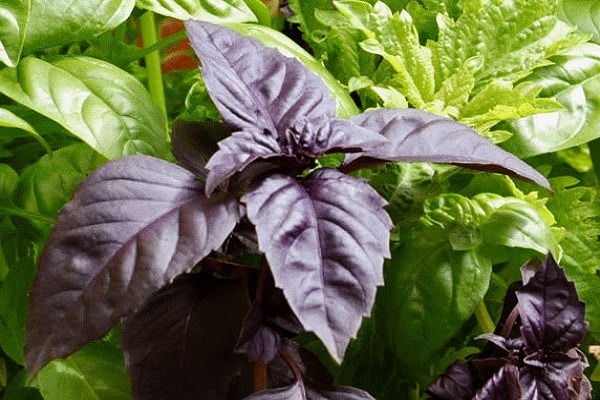
The main plant diseases are considered to be black leg, fusarium, gray rot. For prevention, it is recommended not plant basil for several years to one place, disinfect seeds, prevent thickening and waterlogging of the soil.
Features of growing in winter
Basil can be grown in a heated greenhouse in winter, but few can afford it. Most gardeners use pot planting and grow the plant on a windowsill to get fresh greenery. Sowing and caring for seedlings in this case are standards. At home, you need to monitor the temperature in the room; for the greenery to return, it should be from 20 to 25 ° C. At lower temperatures, bush formation is inhibited and the plant begins to lose its aroma.
